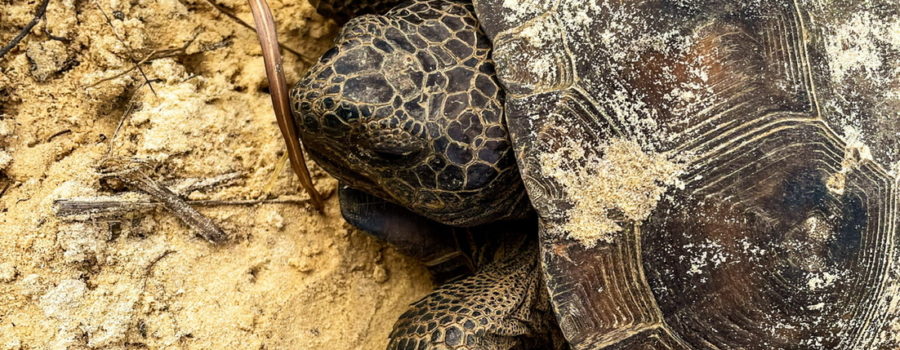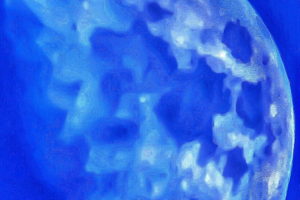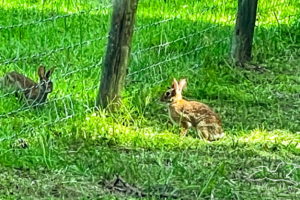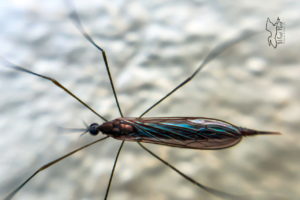An Awesome New Neighbor is a Gopher Tortoise

Two properties down from mine I have been noticing the development of quite a sand pile along the fence line. Right now there is enough vegetation along the edge of the road that most of the ground is hard to see, so one afternoon I stopped to see what was going on. As I suspected, the sand pile was the outside of a new gopher tortoise burrow. The sand was very fresh and tracks and drag marks were present in the sand, so it was obviously an active burrow, but there was no tortoise to be seen. That’s not really unusual since these tortoises spend quite a bit of their time down in their burrows where it is cooler this time of the year. They have also been known to dig more than one burrow in an areas, too, so it was possible that this was a “second home”, so to speak.

Since I noticed the burrow, I’ve been keeping an eye in it as I go by each day. One afternoon I was lucky enough to spot the occupant hanging out right at the opening to the burrow, so I stopped to try to get some photos. But it appears that my new neighbor is pretty shy. As soon as I stopped, before I could even grab my camera, it had disappeared back into the burrow. I stopped to take a look anyway, hoping that maybe it hadn’t gone too far down, but it was nowhere in sight. Oh well. Such is life when dealing with wild animals. And actually, I was kind of happy to see that this particular tortoise hasn’t become used to people. A lot of them do, and once they loose their fear of us they become much more likely to get taken for a pet or for food, or even for having their shell painted (don’t ask me why people think that’s a good idea!).

A couple of weeks ago, I happened to get lucky, and this time I spotted the tortoise out grazing a little way from the burrow. I pulled up a bit further before I got out this time, and I walked back slowly and quietly. That worked quite a bit better, and I got a couple of decent shots before the tortoise even noticed me. When it did spot me, I was between it and the opening to the burrow, which seemed to confuse it for a few seconds before it decided to make an end run around me and back into the burrow. It was a short photo session, but productive. Since then, I’ve seen it out grazing once more, but I have left it alone. It’s never my goal to distress or upset my subjects or even to interrupt their normal behaviors, which I obviously did the day I took the photos. The last thing I want to do is drive off my new neighbor!

Another important consideration when dealing with gopher tortoises is that they are a protected species and should not be handled or disturbed under Florida law. In fact, neither the tortoise nor the burrow should be bothered, and if you have one (or more) on your property you have to get special permits from the Florida Fish and Wildlife Commission in order to build on or develop the property. Although they do have a few other predators, by far the biggest threat to them is man. Human development has reduced their habitat significantly, and each year many of them are killed or injured by dogs, hit by cars, and poached for food or pets. For these reasons, I kind of wish my new neighbor would have moved in a little further away from the road where it wouldn’t be seen, but at least for my part, I want to protect it, and the best way I can see to do that is to not let it get too used to people.

If you appreciate beautiful nature related photography and artwork as well as fun and interesting content, then you will love this blog! Join us and see!





Recent Comments